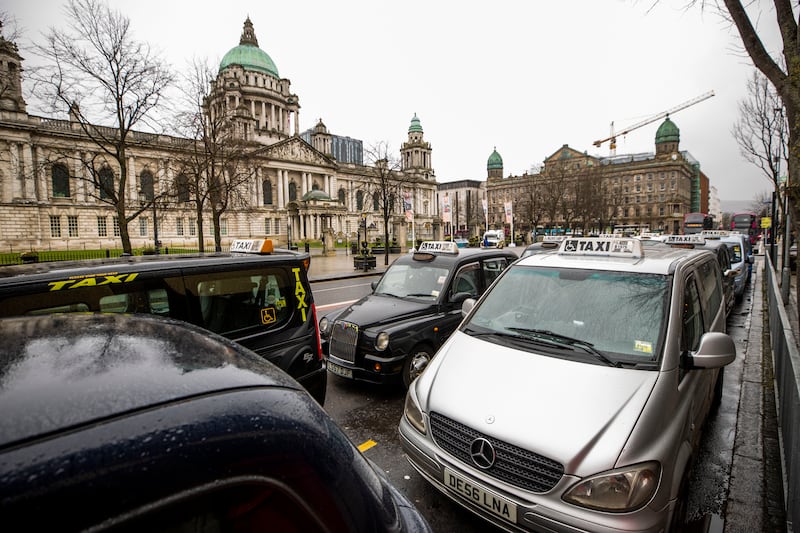MORE people are in work in Northern Ireland - but at the same time more are registering as "economically inactive", which means they are not working, not seeking work, or not available to work.
Latest HMRC statistics show that the number of people picking up a pay packet in November rose by 0.7 per cent on the previous month to 771,000, which is 4.9 per cent up over the year.
It's the sixth month running that employee numbers have been above pre-pandemic levels.
The number of employee jobs in September, according to Nisra, was 779,470, which was an increase of 7,520 over the quarter and 8,070 jobs over the year.
Broken down, public sector jobs were 216,710 - up by 4,300 (2 per cent over the year) - while private sector jobs, at 563,120, were up by 3,680 (or 0.7 per cent) over the year.
But the economic inactivity rate in Northern Ireland in the 16- to 64-year-old cohort has increased over the quarter by 1.1 per cent and over the year by 1 per cent to 26.9 per cent - by far the highest in the UK.
The number of people on the dole in the north last month, at 44,500 (or 4.5 per cent of the workforce), was down 1,500 from the October figure.
The November claimant count is 30 per cent below the Covid peak of May 2020, and 46 per cent higher than the pre-pandemic count in March 2020.
In the year from December 1 to November 30, some 2,280 redundancies were proposed, 79 per cent less than in the previous 12 months.
The Department for the Economy received confirmation of 130 lay-offs in November.
But at 3,070, the annual total was 35 per cent less than in the previous year (4,730).
The quarterly labour force survey shows the total number of hours worked (August-October) has increased by 5.2 per cent over the year.
Compared to the pre-pandemic levels in November-January 2020, the total number of hours worked in August-October was 3.6 per cent less.







